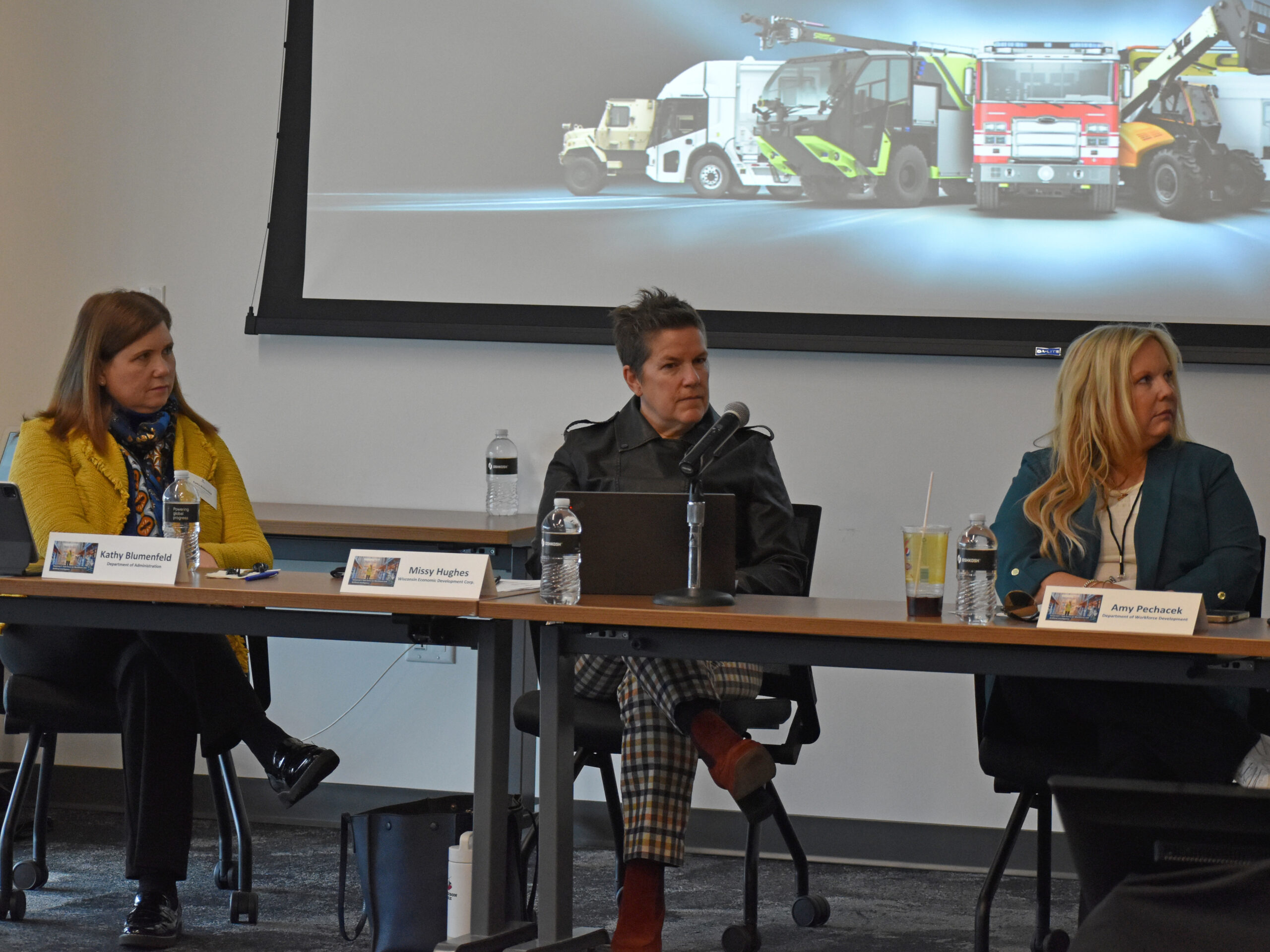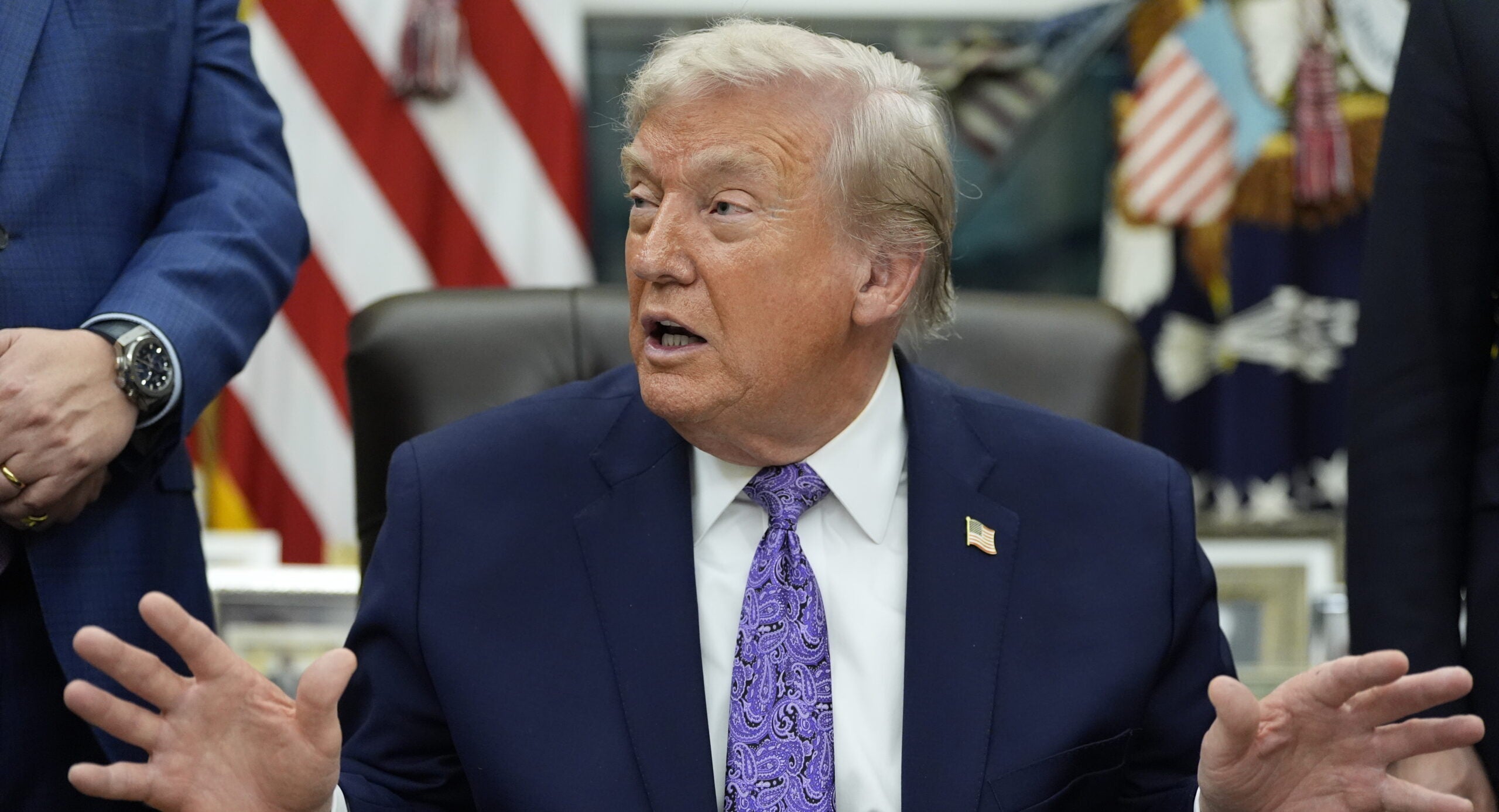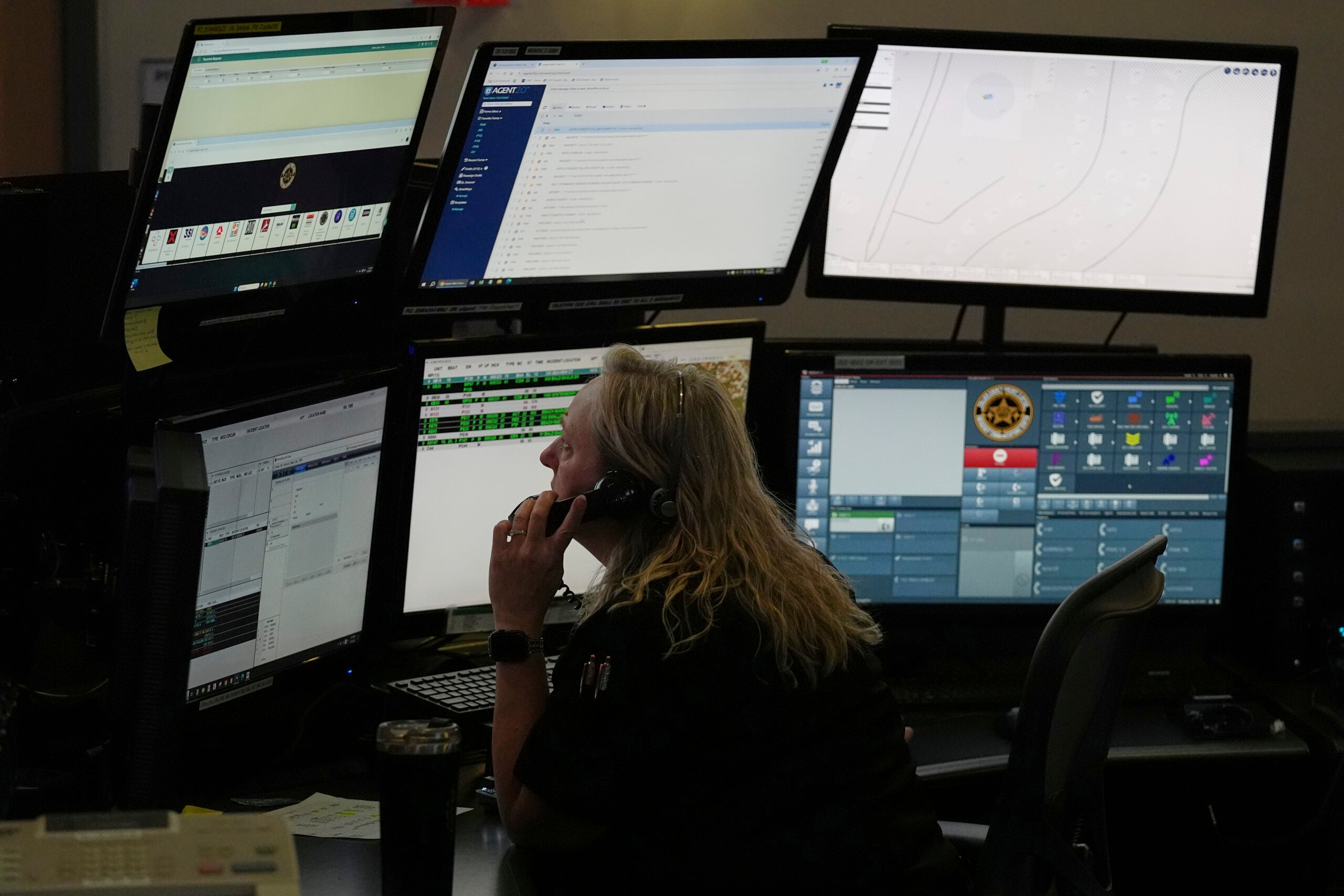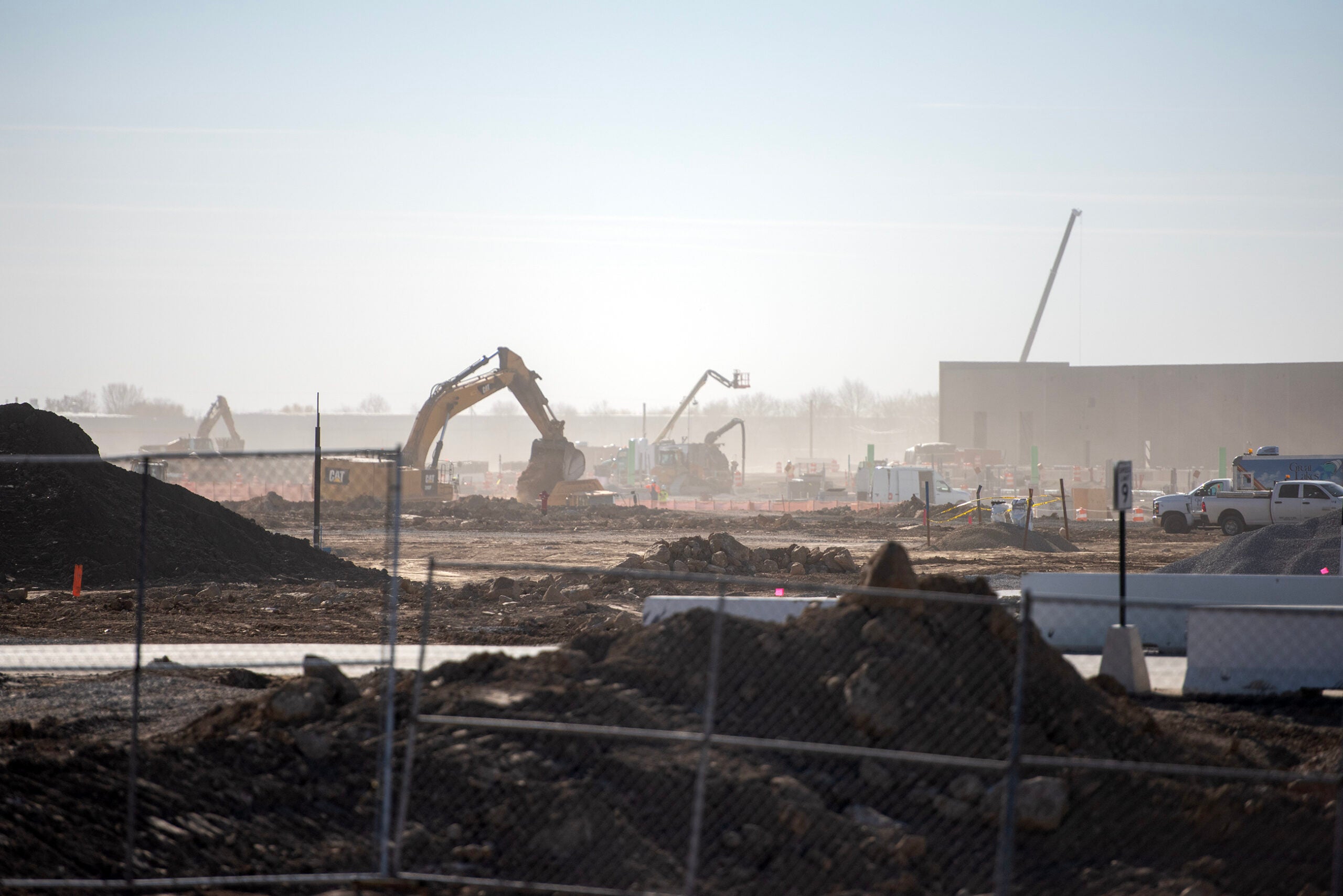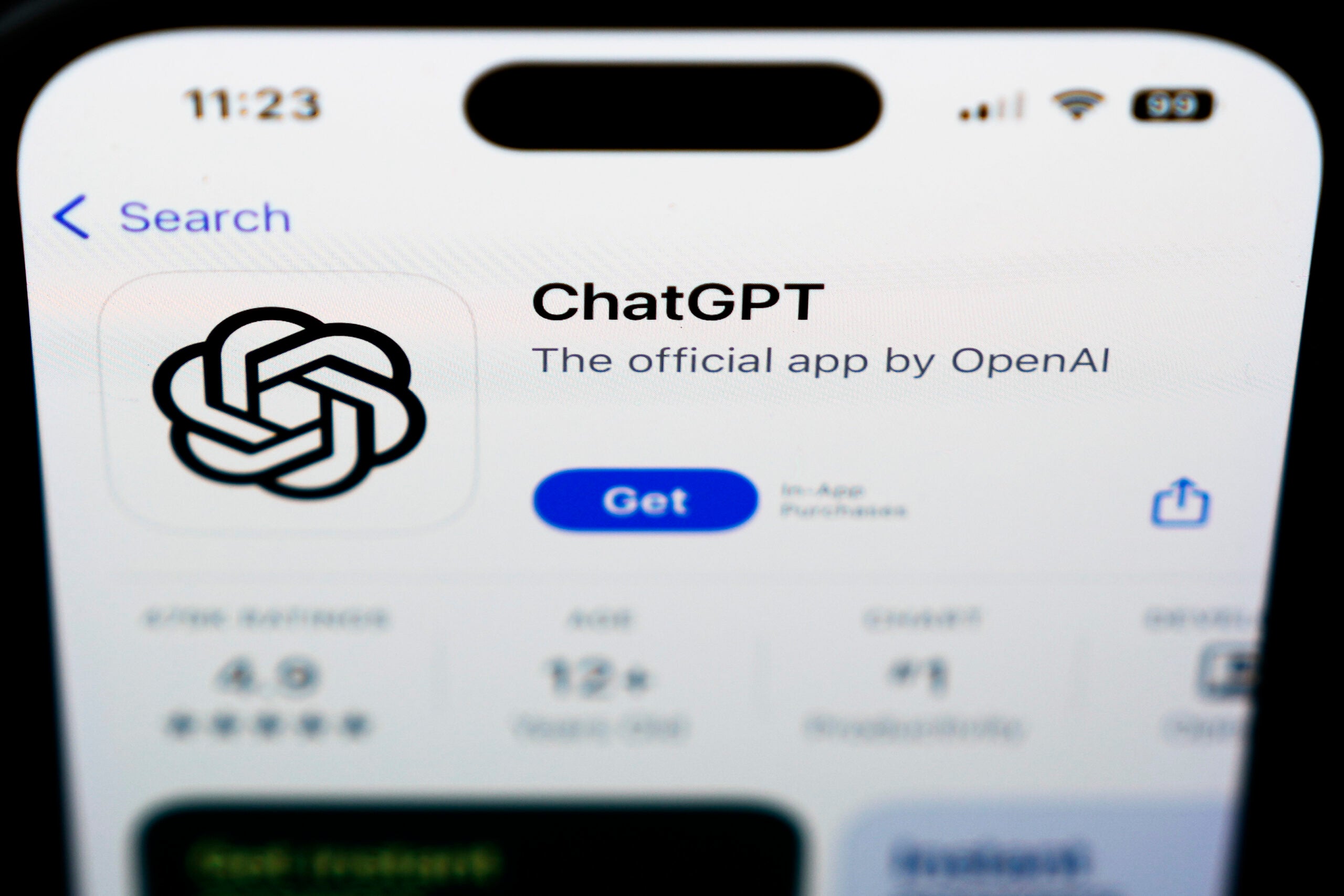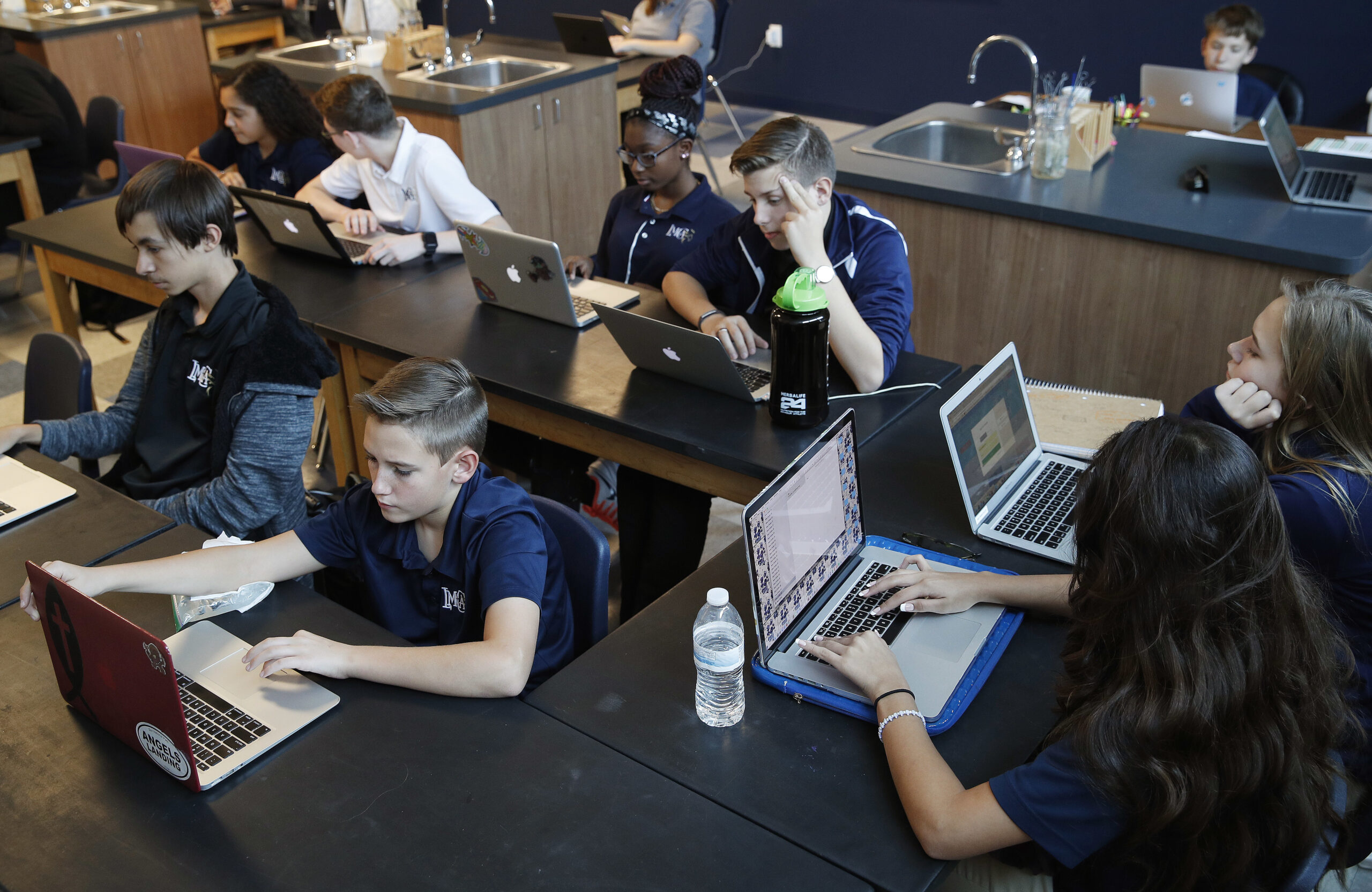With growing advances in artificial intelligence, leaders of Wisconsin agencies are working to create a framework for embracing the technology while protecting workers.
The Governor’s Task Force on Workforce and Artificial Intelligence met in Oshkosh on Monday. The group included leaders of the state Department of Workforce Development, the Wisconsin Economic Development Corp. and the Department of Administration, as well as representatives from a local corporation and labor officials.
The task force is about halfway through its work to craft an advisory plan for Gov. Tony Evers. They are tasked with identifying the current effects of AI on Wisconsin’s labor market and making policy recommendations for investments in workforce development and education related to AI, according to DWD Secretary Amy Pechacek.
News with a little more humanity
WPR’s “Wisconsin Today” newsletter keeps you connected to the state you love without feeling overwhelmed. No paywall. No agenda. No corporate filter.
Pechacek said the group’s work is focused on having a “human-centered approach” to AI and ensuring workers are protected.
She called the rise of artificial intelligence the “fourth Industrial Revolution,” saying the technology is projected to affect every industry.
“What it takes to be a worker in the 21st century and beyond is going to be very different than what it looked like in the past,” Pechacek said. “Our goal here in the task force is to make sure that we are bringing everyone along as our economy changes, as our communities change and as work changes.”
She added that the task force’s recommendations will be included in Evers’ next two-year state budget proposal. She said the goal is to release the advisory plan this summer.
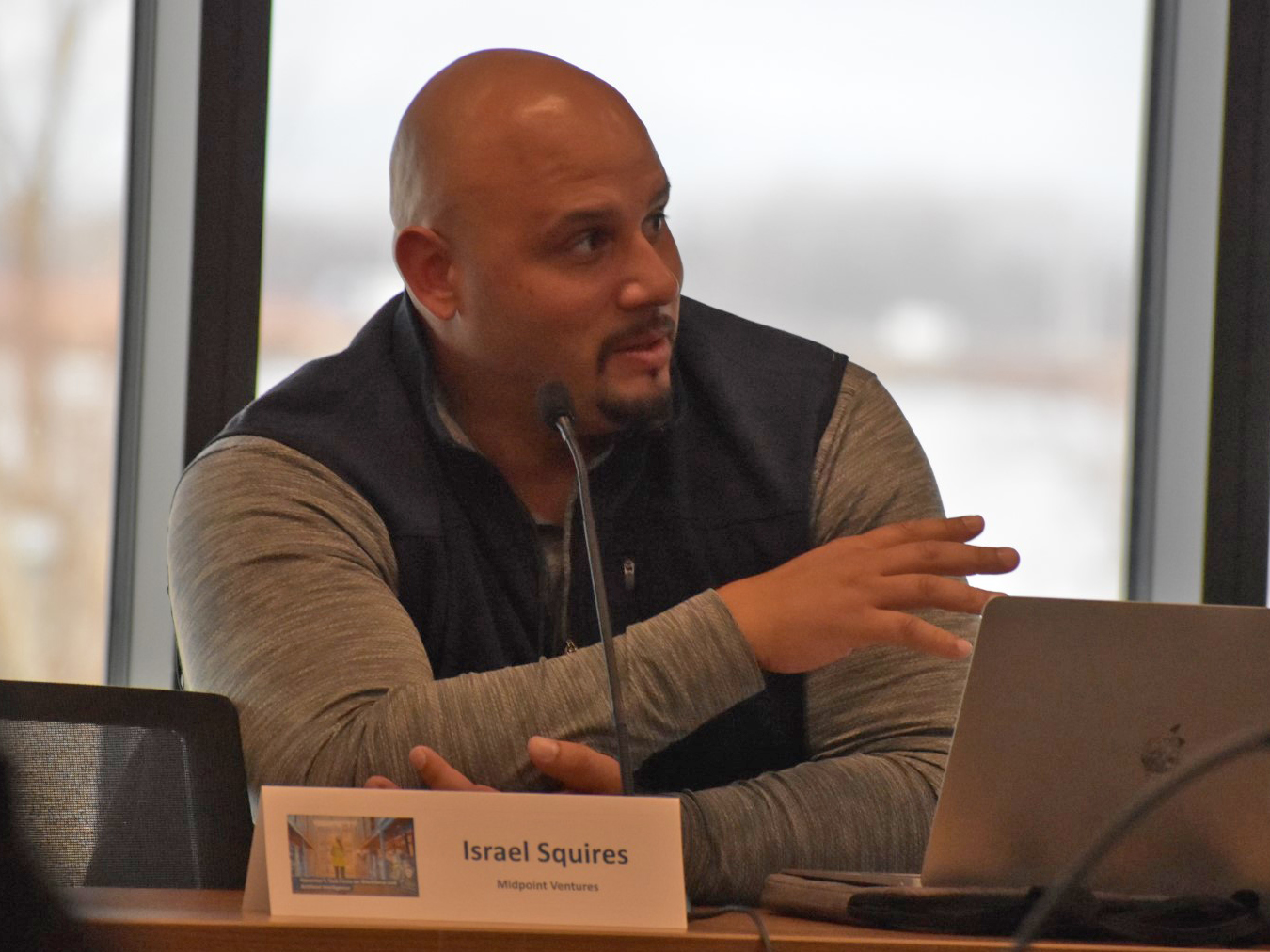
On Monday, the task force heard from Oshkosh Corp. Chief Information Officer Anupam Khare and AFL-CIO Technology Institute Executive Director Amanda Ballantyne.
Khare discussed how Oshkosh Corp. has begun incorporating AI and the company’s strategy for using the technology. He said they previously embraced industrial automation to make manufacturing safer and more efficient. Khare says company leaders view artificial intelligence as a way of “enhancing human capabilities.”
Oshkosh Corp. is using AI to automate basic tasks like emails with suppliers and using predictive analytics to help guide corporate decision-making, Khare said.
“We’re conducting online training for our employees, we are running workshops for them and — through real life examples of problems being solved — our employees are understanding what are the areas where AI can assist and what areas they are good at,” he said. “I think this understanding is helping us to incorporate (an) AI-driven skills shifts in our workforce planning.”

Ballantyne with the AFL-CIO focused her comments on how government and industry can embrace AI in a way that doesn’t harm workers. She said the labor movement sees AI as both a potential and a challenge.
In general, she said, labor leaders like technology that makes work safer and more efficient, but they are concerned AI could degrade work or automate jobs away. She said the government and private industries need to work with organized labor to ensure AI is a net positive for working people.
Ballantyne said including provisions related to artificial intelligence in collective bargaining contracts is one way to achieve that, pointing to AI provisions negotiated by the screen writers‘ and actors‘ unions.
She also said the AFL-CIO is advocating for more education and workforce development programs at the local level to help train workers on artificial intelligence, so they are not left behind in the transition.
“Otherwise, we will probably end up in a situation where new workers in the market are out-competing incumbent workers, and a lot of people get left behind in this transition,” she said. “It’s really thinking clearly about how labor and community organizations really partner with the workforce development and economic development systems to ensure that there’s a navigation system.”

Pechacek with DWD added that the state’s structural labor shortage — there’s been more job openings than job seekers since mid-2021 — could help prevent AI from creating mass worker displacement in the state.
She said the task force wants to ensure artificial intelligence augments workers without replacing them.
“We’re going to keep making those connections to make sure that we are prepared for the changes that AI is going to bring,” she said. “That includes making sure our students are prepared, our workers are prepared and our businesses are prepared to really adopt this technology so they can stay competitive, and Wisconsin can stay strong.”
Wisconsin Public Radio, © Copyright 2026, Board of Regents of the University of Wisconsin System and Wisconsin Educational Communications Board.
